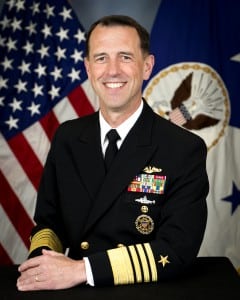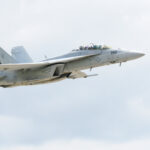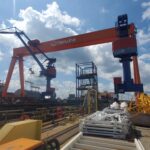
The Chief of Naval Operations on Wednesday said he approved of the U.S. ratifying the law of the Sea Treaty as a measure to help counter Chinese action in the South China Sea and also noted the railgun is a counterexample of how the Navy should not perform rapid prototyping of new technologies. The United Nations Convention on the Law of the Sea (UNCLOS) is a “pretty good document” that gives states a “tremendous template” to manage resource disputes, particularly…

 By
By 











